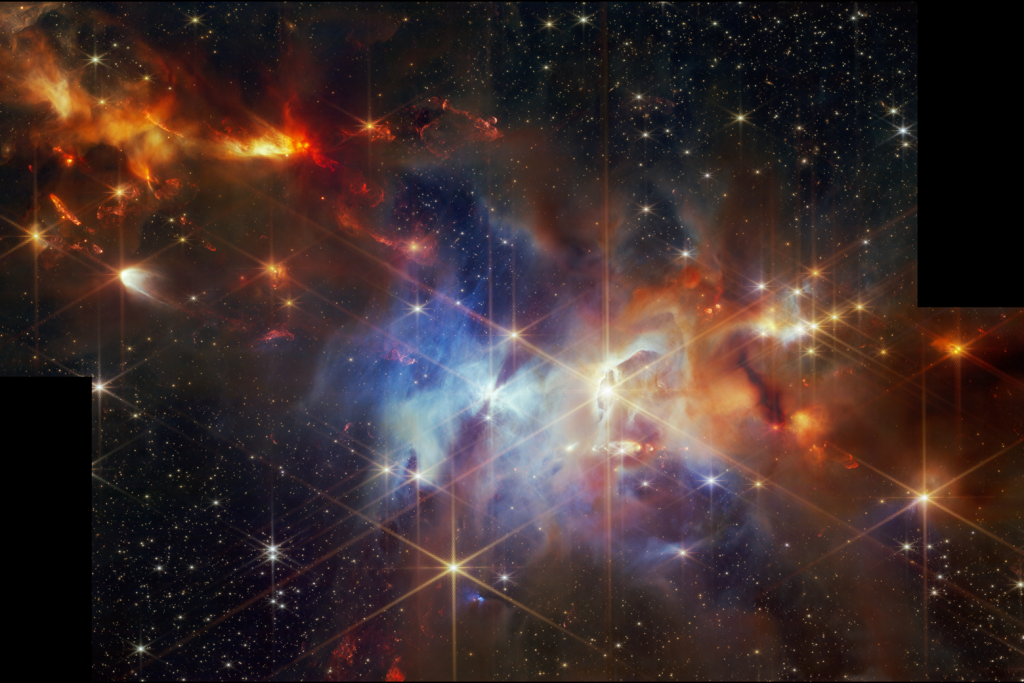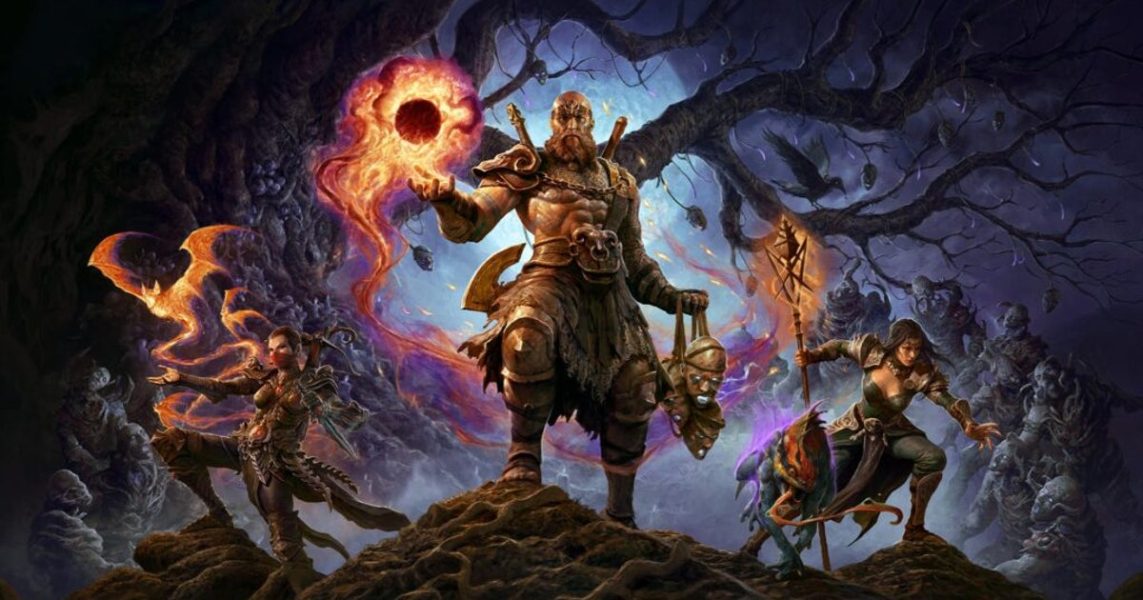There Is Basically One Point to Space Exploration. Right Now, We’re Missing It. – Slate

Sign up for the Slatest to get the most insightful analysis, criticism, and advice out there, delivered to your inbox daily.“What’s the function of a galaxy?” the speculative fiction writer Ursula K. Le Guin once asked. “I don’t know if our life has a purpose and I don’t see that it matters. What does matter is that we’re a part.”While most of us go about our days, immersed in the minutia our lives, we remain very much a part of something bigger than ourselves, and even bigger than humanity. Right now, as you read this, you’re on a rocky water-covered planet (an average one) orbiting around a star (also pretty average) that is busy fusing hydrogen into helium.* Our solar system is nestled on the third arm of the Milky Way, a spiral galaxy that is, yes, average: just one among 2 trillion galaxies in the universe.We exist here on our planet together, each with our different stories, different backgrounds, beliefs, preferences, and routines. That is what makes our small home quite special.We know so much about our broader home—the cosmos—because people across centuries have devoted their lives to asking questions about it. Today, some explore planets like Mars and Saturn. Some use telescopes to discover other planets in whole other solar systems. Some obsess over galaxies and the beginning of the universe. Still others think about the end of the universe, how it will happen and what it will mean. And some are really passionate about the stories rocks have to tell us—rocks have all the secrets. Together, the work of all of these scientists gets at why any of this stuff—in space, on our home planet—exists at all, why it turned out the way it did, and what that means for us.I’ve spent a decade reporting on NASA. Employees at the federal agency recently received a directive from their headquarters to remove specific words from their websites, including “inclusion,” “diversity,” and “anything specifically targeting women (women in leadership, etc.),” among many others. Donald Trump’s sweeping attack on DEI is upsetting on a number of levels. When it comes to NASA specifically, I can say that inclusion is part of the entire point of the work that they do.NASA has a unique mission: to help us better understand our world and our universe. It’s a broad mandate, and, yes, involves a lot of facts and data. Scientists at NASA publish papers, and they even make discoveries that go on to affect the nuts and bolts of many of our daily lives. But perhaps the thing that NASA does best—and the ultimate purpose of all those telescopes, and rovers—is give us a sense of connection.The first time I looked through a telescope was at Saturn; the second was at Jupiter, and the moment I saw those rusted bands of clouds, I cried. I know dozens of people who have had the same experience. There are similar stories of people seeing the northern lights, of going to the desert and seeing the arm of the Milky Way outstretched overhead, and being overcome with emotion. You know something all of these stories have in common? Our initial reaction is to pause to share with someone. Not casually, but with a sense of urgency. To have someone else bear witness to the universe alongside us is one of the most moving human experiences, one that links us to our earliest ancestors, who saw the same northern lights, the same Milky Way, the same glowing planets.Our modern era of space observation and exploration deepens our connection with the universe—and with each other. When NASA released a trove of images from the James Webb telescope in 2022, anyone with an internet connection could gaze at fields of thousands of galaxies. We were, collectively, captivated.We also have something right above the atmosphere over our heads that is perhaps the most powerful symbol of collaboration, diversity, and inclusion, and represents the best of humanity: the International Space Station. For nearly 25 years humans have occupied this football-field-sized laboratory in orbit around the Earth. It is historically the one place where we can leave our earthly qualms behind and collaborate across borders, nations, and beliefs, all in the name of science. As of March 2024, 279 people from 22 different countries have lived and worked together on the ISS. Astronauts also carry this symbol for children; they are living messages that anything they dream is possible. The heart of why children fall so in love with astronauts is because they do amazing things and they do it while saying, “You can do this too, whoever you are, wherever you’re from, whatever you look like, whoever you love, whatever you believe—you can do this too.” Even as adults, we are free to imagine ourselves in these jobs, to follow along with the mundanities and wondrous moments alike of life in space.Many of the people I’ve met who study space have very similar origin stories to one another. It’s a solid mix of Star Trek, the movie Contact, and anything and everything to do with Carl Sagan. These influences all have another thing in common: They are stories meant for everyone, that include everyone. (The famous Sagan quote goes: “We are made of star stuff.” Not “Well, some of us.”) In practice, there are still “systemic barriers that keep the best and brightest from moving forward” when it comes to minority groups, says Jessie Christiansen, chief scientist of the NASA Exoplanet Science Institute. “Where would we be, in our exploration of space, if we truly made opportunities for everyone?,” she asks. “And who would we be, as a society, if we didn’t include everyone on that journey?”I hope we don’t have to find out. And I don’t think we will. What’s happening with DEI is horrible. But the thousands of people who work for NASA will continue to climb mountains to peer through telescopes, study the big bang, drive rovers on Mars, and ask the big questions. The administration cannot take what makes NASA out of NASA by deleting websites or removing the words “women” or “diversity” or “people of color.” NASA is special because it takes all of us to do this work, to take it in, and to make meaning from it.Correction, Feb. 7, 2025: This piece originally misstated that the sun fuses hydrogen and helium into fuel.
Thanks for signing up! You can
manage your newsletter subscriptions
at any time.
Slate is published by The Slate
Group, a Graham Holdings Company.All contents ©
2025
The Slate Group LLC. All rights reserved.
Source: https://slate.com/technology/2025/02/nasa-dei-trump-webb-telescope-carl-sagan.html






